1. Naples
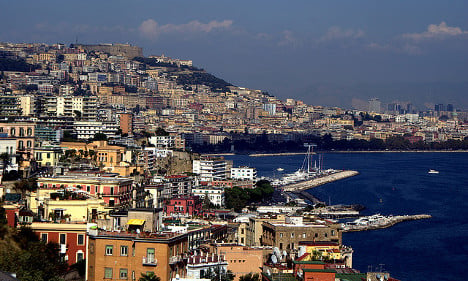 Photo: Alexandra Svatikova/Flickr
Photo: Alexandra Svatikova/Flickr
It's only the fourth largest urban economy in Italy, after Milan Rome and Turin. But as the birthplace of pizza, it perhaps shouldn't be too much of a surprise that to learn that Naples was the region awarded most Michelin stars in the 2016 Italy Michelin Guide. Don Geppi in Sant'Agnello was a newcomer to the list, getting its first star, while in Naples' city centre itself, Il Comandante and Palazzo Petrucci were each recognized as quality restaurants with a star.
2. Rome
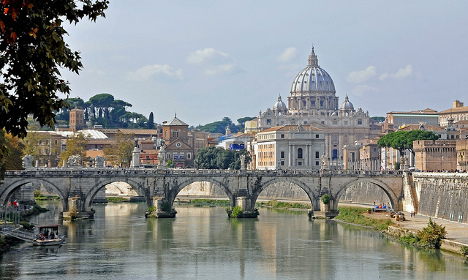
Photo: Dennis Jarvis/Flickr
The eternal city just missed out on the top spot but can be proud of its 19 starred restaurants, including one three-star establishment, La Pergola, and two with two stars, Oliver Glowig and Il Pagliaccio.
3. Bolzano
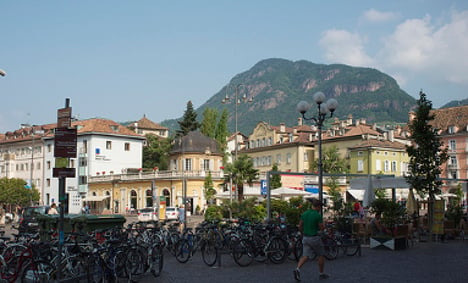
Photo: Aleksandr Zykov/Flickr
There’s never been a better time to visit Bolzano. On Monday we reported that it had been named the Italian city with the best quality of life, and their food is also held in high regard. Nineteen restaurants in the region were awarded Michelin stars, including four two-star restaurants.
4. Milan
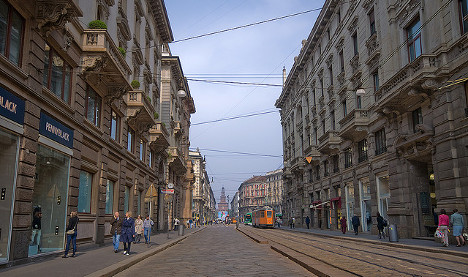
Photo: Jose Mª Izquierdo Galiot/Flickr
Milan had a tasty 15 restaurants included in the rankings, rising up the list thanks to three new entries into the guide; Armani, Seta and Tokuyoshi.
5. Cuneo, Piedmont
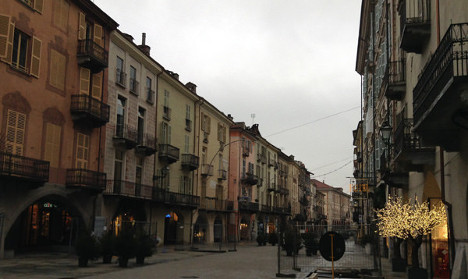
Photo: Sara/Flickr
This region in the mountainous north west of the country has one three-star restaurant, Piazza Duomo in the town of Alba, one two-star establishment, and ten further one-star restaurants, one of which was a new entry in the guide this year.
6. Salerno, Campania
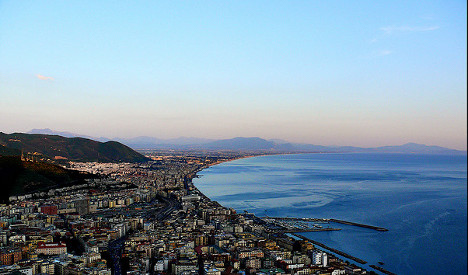
Photo: Sabrina Campagna/Flickr
Salerno is home to twelve restaurants which made the list, and two for the first time ever: Re Mauri and Osteria Arbustico
7. Brescia
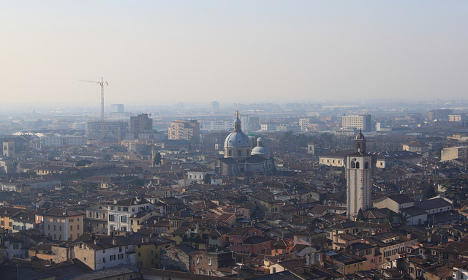
Photo: Marco Assini/AFP
Close to Milan, Brescia is another foodie haven in the north. 11 of its eateries are Michelin-starred, with two of them boasting two stars – Miramonti l'Altro and Villa Feltrinelli.
8. Venice
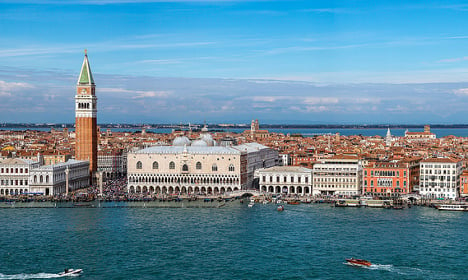
Photo: Heiner Adams/Flickr
As if you needed another reason to add beautiful Venice to your bucket list, it turns out it serves good food. The region has one two-star restaurant, Antica Osteria Cera, and nine one-star.
9. Turin
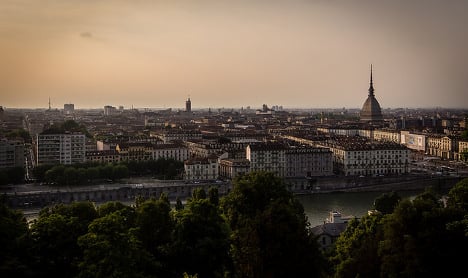
Photo: Maëlick/Flickr
Nine restaurants in the region of Turin were acknowledged in the prestigious guide, though all of these were outside the city of Turin itself, including two in skiing village Madonna di Campiglio; Dolomieu and Il Gallo Cedrone.




 Please whitelist us to continue reading.
Please whitelist us to continue reading.
Member comments